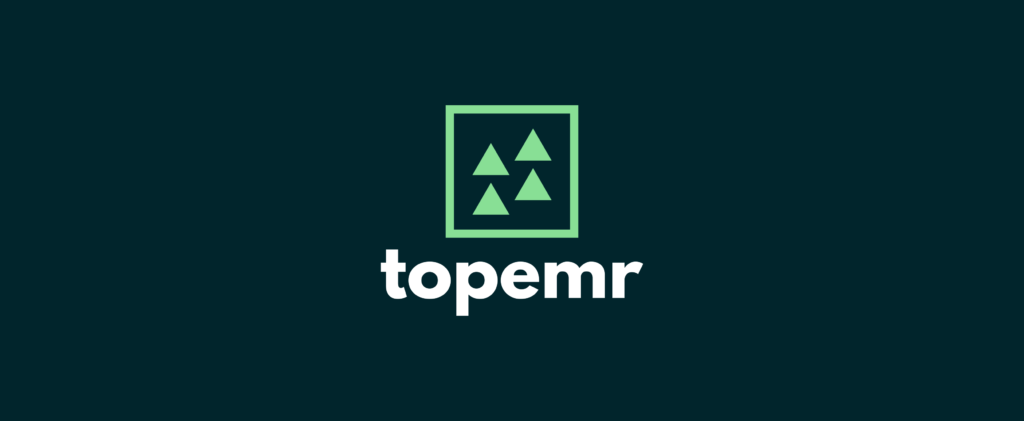Introduction
Dubai has established itself as a global healthcare hub, blending world-class infrastructure with strict regulatory oversight. Dialysis clinics in the emirate face an especially complex challenge: balancing compliance with DHA and NABIDH mandates, patient expectations for premium service, and the relentless financial pressure of high-cost operations.
Yet too many clinics still manage operations through disconnected spreadsheets, isolated EMRs, and fragmented billing systems. The result is predictable: hidden inefficiencies, lost revenue, compliance risk, and dissatisfied patients.
The solution is not to track more isolated metrics. As the LinkedIn article stresses, the only true KPI framework for dialysis is the end-to-end patient journey. And TopEMR’s Dubai-specific insights confirm it: clinics that digitize every touchpoint—booking to feedback—consistently outperform peers in compliance readiness, throughput, and profitability.
1. Why the Patient Journey Is the KPI Framework
Dialysis care is not a single transaction. It’s a continuum:
Booking → Check-in → Treatment → Discharge → Billing → Follow-up → Feedback
Each step hides bottlenecks:
- Scheduling errors create empty chairs or long waits.
- Incomplete EMRs risk audit penalties.
- Billing mismatches drain revenue.
- No feedback loops erode patient loyalty.
TopEMR highlights that Dubai clinics focusing only on individual metrics—chair utilization, inventory variance, AR cycles—struggle to see systemic problems. The real visibility comes only when the entire patient journey is tracked digitally.
2. Booking & Check-In: Where Bottlenecks Begin
In many Dubai dialysis units, patient scheduling is still manual—paper registers, WhatsApp confirmations, staff-led follow-ups. The consequences: missed appointments, overbooked slots, and avoidable no-shows.
Automation Gains
- Smart scheduling: Clinicea assigns patient to chair + machine + shift, reducing idle slotstopemr.ae.
- Automated confirmations: SMS/email reminders cut no-shows by 30–35%topemr.ae.
- Faster check-in: Digital intake eliminates duplicate paperwork, speeding patient arrivals.
In Dubai’s high-volume, high-cost environment, optimizing the very first step of the journey ensures smoother flow for the entire day.
3. Treatment Documentation & Compliance
Dubai regulators place enormous weight on documentation discipline. NABIDH audits often cite incomplete flowsheets, unsigned physician notes, or missing consent forms as top failure points.
Automation Gains
- Dialysis-specific EMR templates: Mandatory fields ensure vitals, eGFR staging, and access-site checks are recorded before discharge.
- Protocol adherence: Auto-validation flags deviations instantly, creating an exception log for review.
- Audit readiness: Locked EMR flowsheets and digital consent trails eliminate scramble during inspections.
By embedding compliance into the treatment step of the journey, clinics in Dubai move from reactive audit prep to daily audit readiness.
4. Billing & Inventory: The Silent Revenue Leak
Spreadsheets and fragmented billing systems are still widespread. TopEMR estimates Dubai dialysis clinics lose 10–15% of consumables revenue due to poor billing integration.
Automation Gains
- Real-time auto-billing: Consumables scanned and billed chairside—no missed syringes or dialyzers.
- Insurance logic: Built-in policy rules reduce claim denials and shorten AR cycles.
- Unified dashboards: Clinics track AR aging buckets (30-, 60-, 90-day) and denial trends live.
For Dubai operators paying premium rents and staff salaries, eliminating this leakage is the fastest path to margin stability.
5. Discharge, Follow-Up & Feedback
Most clinics treat discharge as the end. But in Dubai—where patients expect premium service—the journey doesn’t end when the patient leaves.
Automation Gains
- Auto scheduling next session: Ensures continuity, reducing missed treatments.
- Feedback triggers: SMS or portal-based surveys post-session; low scores alert management immediately.
- Patient transparency: QR-coded invoices and payment alerts reduce confusion.
Clinics that close the loop with automated feedback consistently report higher satisfaction and referral rates.
6. Scaling Clinics Without Losing Control
TopEMR warns that many Dubai operators expand quickly but lose visibility: one branch overbooks, another suffers stockouts, compliance drifts across sites.
Automation Gains
- Centralized dashboards: Unified view of patient journey data across all branches.
- Cross-site inventory: Stock balancing avoids waste and shortages.
- Standardized workflows: Every unit runs the same booking → treatment → billing → feedback process.
This ensures growth doesn’t mean multiplying chaos—it means replicating a proven, compliant system.
7. The Weekly Journey Review
TopEMR highlights five dashboards clinics must review weekly:
- Chair utilization & no-show rates
- EMR completeness & compliance
- Consumables usage vs stock
- AR aging & claim denial rates
- Patient feedback trends
When mapped to the patient journey framework, these dashboards align directly with each touchpoint, giving leadership a holistic picture instead of fragmented data.
8. Real Results from Dubai Clinics
Clinics in Dubai adopting patient-journey tracking via Clinicea report:
- +29% increase in chair throughput from optimized scheduling
- 35% fewer no-shows with automated reminders
- 20% fewer billing errors, speeding claims
- Audit-ready compliance with complete EMRs and consent logs
- Higher patient satisfaction, driven by feedback loops and faster wait times
These improvements compound. Each gain at one stage of the journey strengthens the others—delivering measurable ROI.
Conclusion
Dubai’s dialysis clinics face rising patient volumes, strict audits, and high operating costs. Focusing on isolated metrics like billing or inventory no longer works. The only way to see and fix systemic issues is to track the patient journey end-to-end.
Clinicea enables this by digitizing every step: booking, check-in, treatment, discharge, billing, and feedback. The outcome: smoother operations, fewer compliance risks, stronger financials, and happier patients.For Dubai dialysis providers, the patient journey isn’t just another KPI. It’s the KPI that determines survival, scale, and success.
Attached LinkedIn Article –
You Can’t Improve What You Don’t Track — Start with the Patient Journey: https://lnkd.in/gwmVfCbJ


Leave a Reply